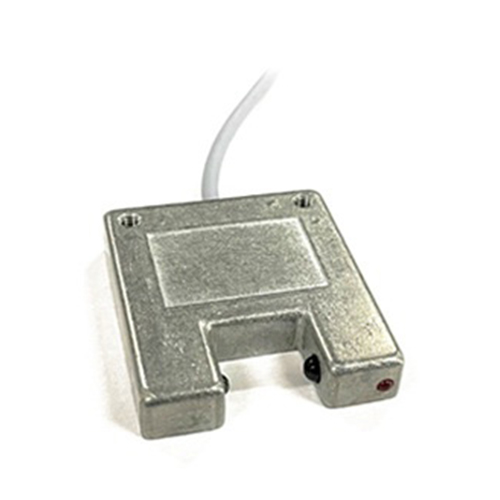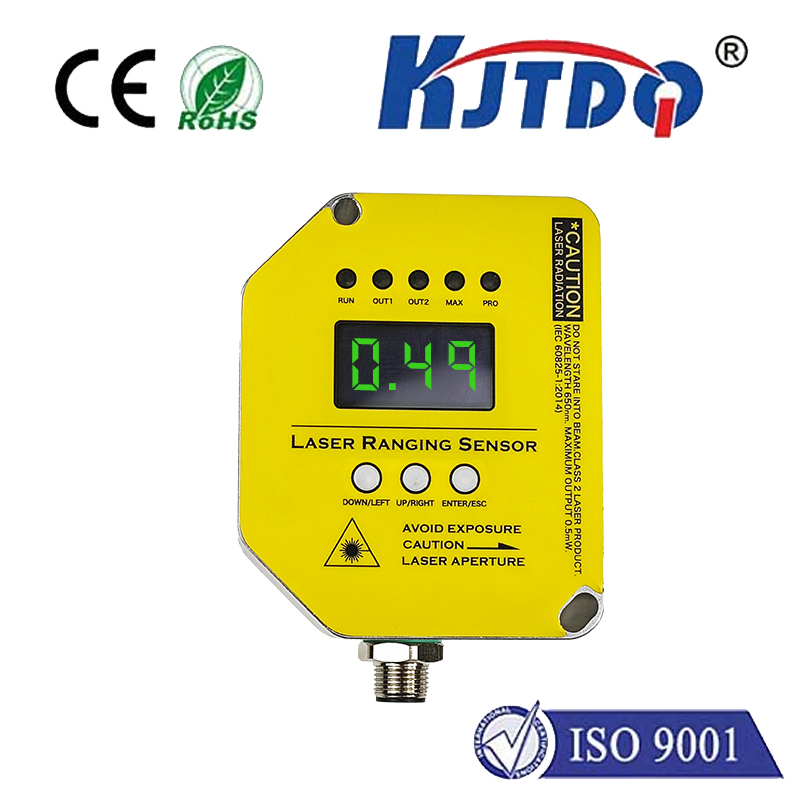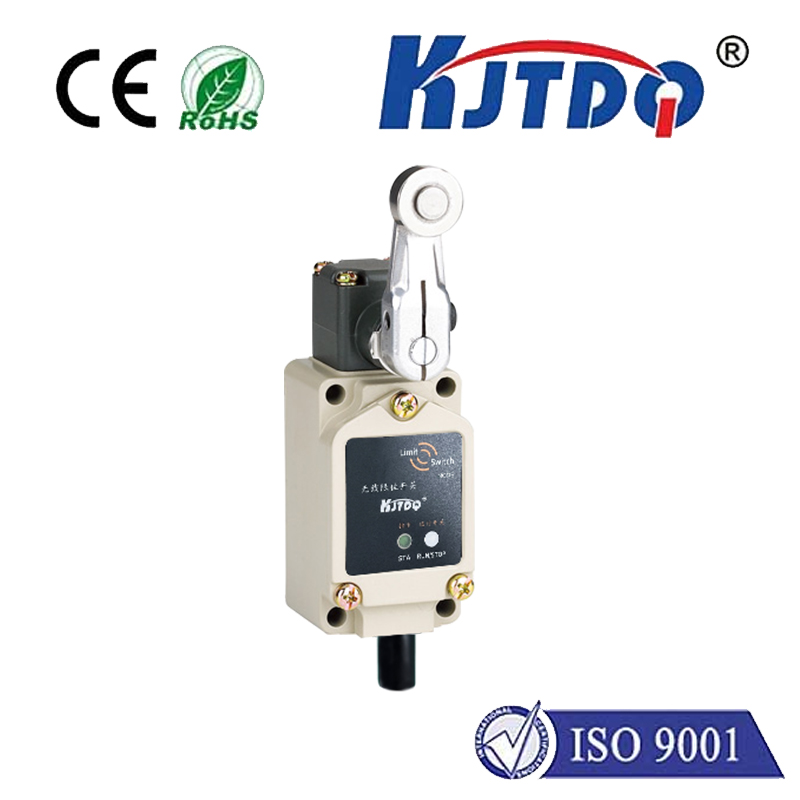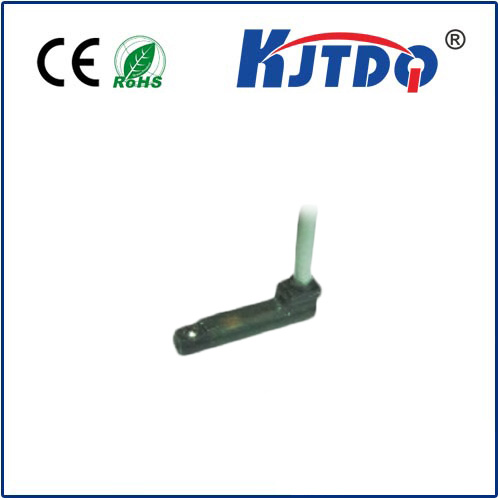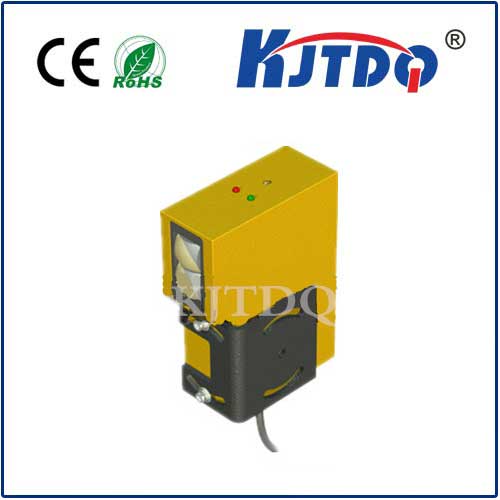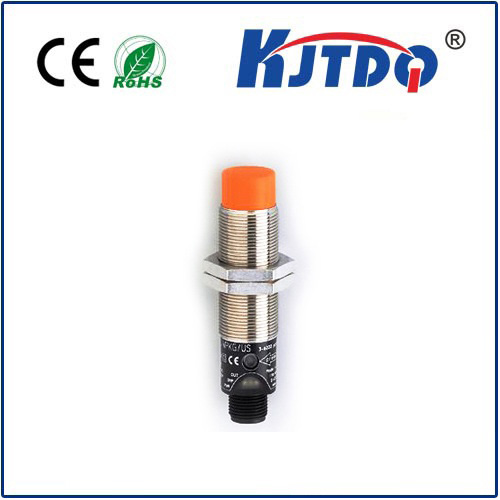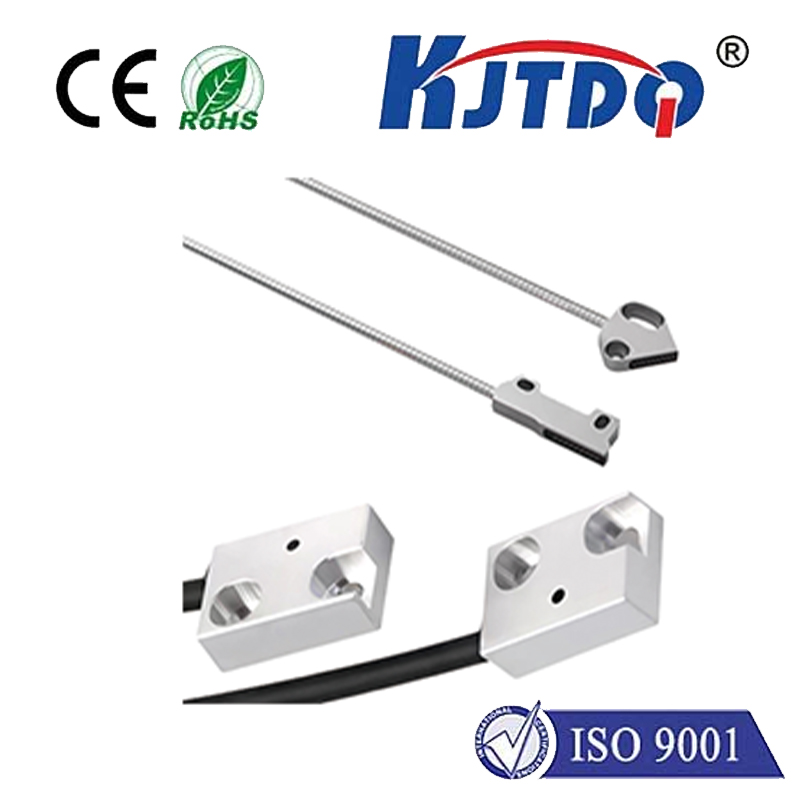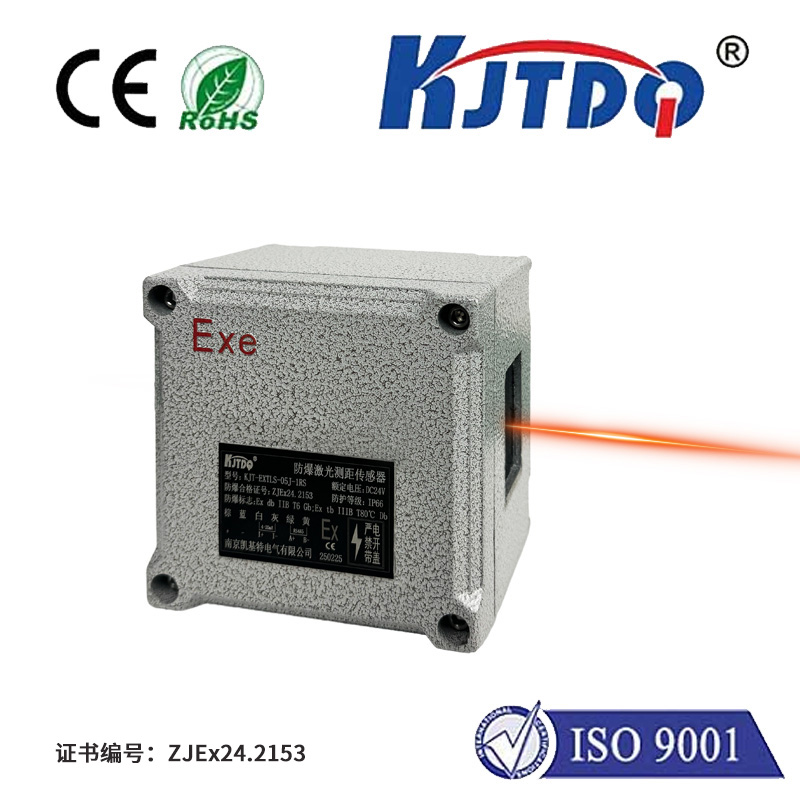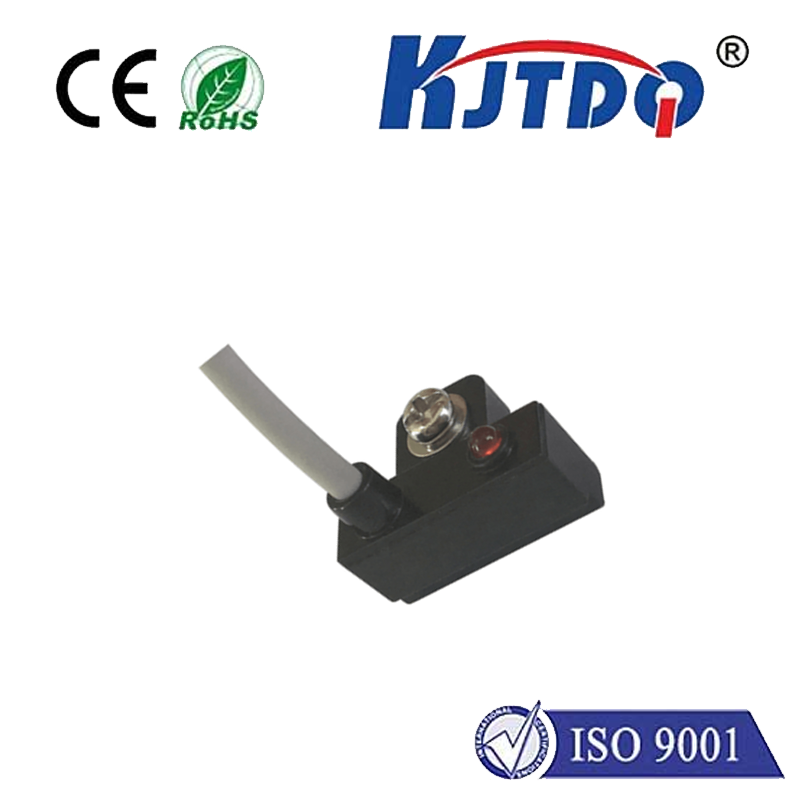

check

check

check

check
Imagine a high-speed conveyor belt suddenly jamming, trapping a worker’s limb. Or a processing machine malfunctioning violently, creating an imminent hazard. Seconds count. The difference between a near miss and a catastrophic injury often hinges on the immediate activation of emergency shutdown systems. At the heart of these life-saving interventions, especially along lengthy production lines or machinery, sits a deceptively simple yet profoundly vital component: the Emergency Pull Rope Switch. Understanding the critical role and specifications of models like the XLLS-P-I Pull Rope Switch is fundamental to maintaining the highest standards of operational safety.
Pull rope switches, also known as emergency stop cables or safety rope pulls, are engineered to provide a rapid and accessible means of halting machinery over extended distances. Unlike localized stop buttons, a single pull rope installation can span tens or even hundreds of meters, offering multiple, easily reachable activation points. When a rope is pulled – whether intentionally during an emergency or accidentally due to entanglement or impact – it forcibly actuates a switch mechanism housed within the XLLS-P-I unit. This action instantly breaks the control circuit, sending a stop signal to the machine’s drive or safety controller, forcing it into a safe state. This fail-safe design principle is paramount; any break in the rope or actuation of the switch must cause an immediate shutdown.
The designations like “XLLS-P-I” typically encode vital information about the switch’s construction and capabilities. While specific interpretations can vary slightly by manufacturer, common elements include:

The XLLS-P-I Pull Rope Switch embodies features crucial for demanding industrial applications. Robust housing materials, often engineering-grade thermoplastics or coated metals, ensure resistance to impacts, dust, moisture, and common industrial chemicals. High IP ratings (e.g., IP65, IP67) are essential to guarantee reliable operation even in washdown areas or outdoor installations subjected to rain. Internally, the switch mechanism must be highly reliable, often featuring self-cleaning contacts and positive break operation to ensure the circuit opens decisively upon actuation.
Installation is a critical factor for effectiveness. The rope must be installed at an accessible height, usually within easy reach of all personnel working near the machinery (typically between 0.6 and 1.8 meters above the floor or working platform). Support brackets are placed at regular intervals (as specified by the manufacturer, often 1.5 to 3 meters) to prevent excessive sagging while allowing sufficient slack for a clear, unambiguous pull action. The rope itself is typically a robust, weather-resistant material like braided stainless steel or high-tensile synthetic fiber. Crucially, the entire run must be free of snag points or obstacles that could impede a pull or cause accidental activation. Termination points at each end must be securely anchored to the robust XLLS-P-I switch units.
Compliance with rigorous safety standards is non-negotiable. Reliable emergency stop devices like the XLLS-P-I must conform to international standards such as IEC/EN 60947-5-5 and IEC/EN 60204-1. These standards mandate positive break contacts, requiring physical separation of contacts upon actuation to prevent welding or sticking. They also define requirements for mechanical strength, environmental resistance, and the force/displacement characteristics needed for reliable activation. Regular functional testing – typically a documented daily or pre-shift check where the rope is pulled to verify the system initiates a stop – is a mandatory safety procedure. Furthermore, periodic detailed inspections should check for rope wear, damage to the switch housings, corrosion, secure mounting of support brackets and end units, and confirm clean switch activation.
Beyond emergency stops, these systems serve another vital role: providing a trip wire function. By strategically routing the rope around potential hazard zones, any significant movement or impact against the rope wire – caused by stumbling, falling material, or equipment displacement – will activate the switch. This automatically shuts down connected machinery, preventing secondary incidents in unstable situations. This dual functionality makes the pull rope emergency stop an incredibly versatile safety solution.
The XLLS-P-I Pull Rope Switch exemplifies a fundamental pillar of industrial safety: providing a reliable, immediate, and accessible emergency shutdown capability wherever it’s needed. Its robust design, adherence to safety standards, and straightforward yet critical function make it an indispensable safeguard on conveyor systems, large presses, assembly lines, woodworking lines, and any machinery where hazards exist beyond the reach of a single stop button. Investing in high-quality components like the XLLS-P-I, ensuring their correct installation, and implementing rigorous testing protocols isn’t just about compliance; it’s about creating an environment where workers have the confidence that a critical lifeline is always within reach.
